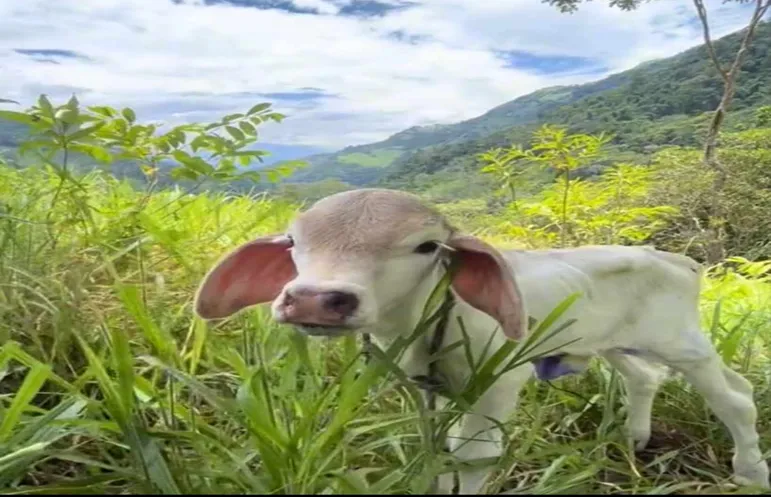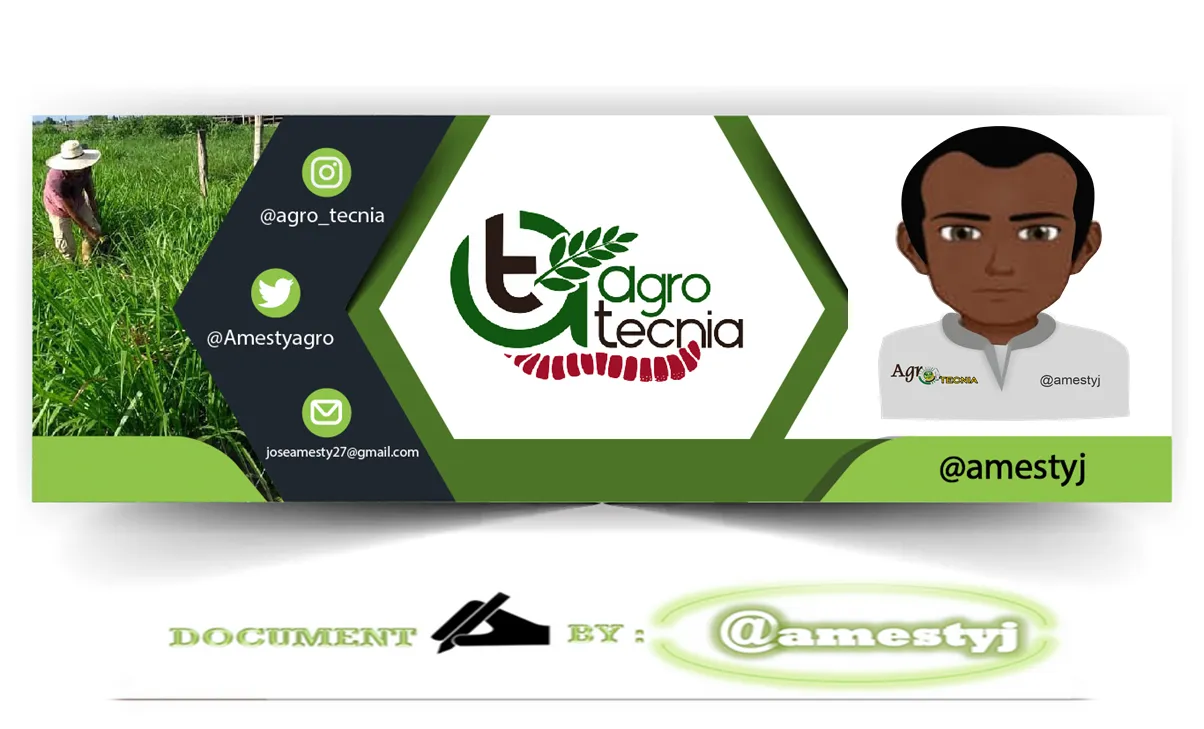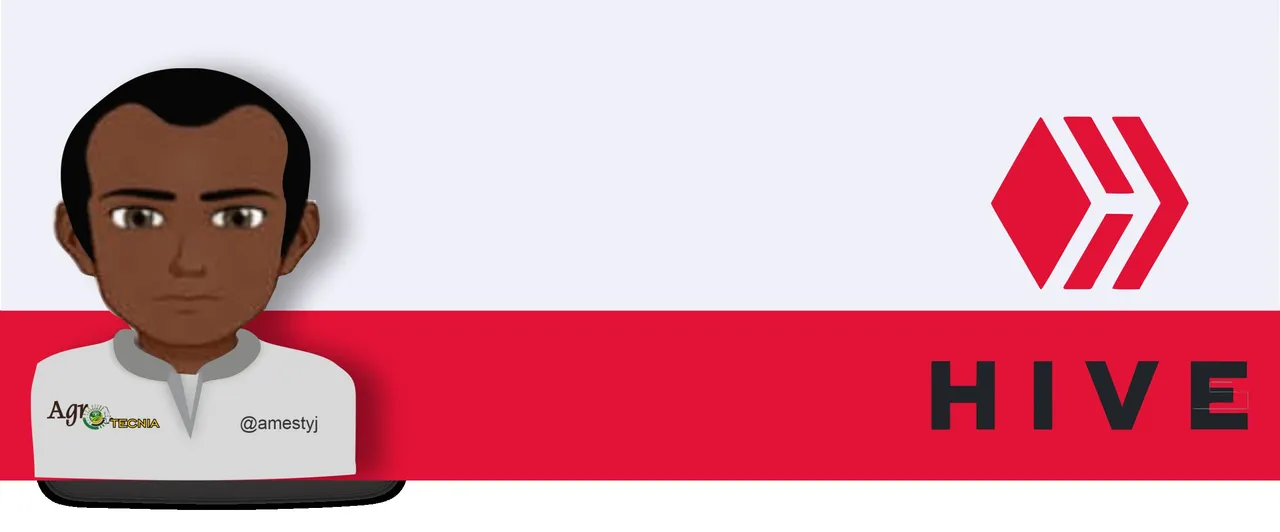
1.Forage Species:
Adaptation to climate and soil: The foraging species must be able to adapt to the climatic conditions and the type of soil of the geographical area, some species are more tolerant to drought, while others develop better in moist soils.
Nutritional value: The nutritional value of pasture varies depending on the species and the management applied to it. It can provide proteins, minerals and fibers that are essential for the metabolism of ruminant animals.
Palatability: The palatability of the pasture influences the voluntary consumption by the animals, the more palatable species are usually consumed in greater quantity and provide better productive results.
2.Physiological State of the Plant:
Growth phase: The physiological state of the plant influences its nutritional value, plants in the vegetative growth phase usually have a higher protein content, while plants in the reproductive phase have a higher fiber content.
Maturity: The maturity of the plant affects its palatability and digestibility, mature plants have lower protein content and higher fiber and lignin content which is an indigestible element in the stomach of ruminants, which reduces its nutritional value.

3.Density, Coverage and Botanical Composition:
Density: A dense pasture provides a greater amount of forage per unit area and reduces competition with weeds.
Coverage: A good soil coverage prevents erosion and favors the development of a deep root system.
Diversity: A pasture with a diversity of forage species offers a greater variety of nutrients and improves palatability.
Nutritional balance: The proportion of legumes and grasses in the pasture must be adequate to meet the nutritional needs of the animals.
4.Pasture management:
- Irrigation: Proper irrigation is essential to maintain the quality of the pasture in times of drought.
- Fertilization: The application of nitrogen and phosphate fertilizers favors the growth of plants and improves their nutritional value.
- Pest and disease control: Pest and disease control protects the pasture and ensures sustained production.
- Rotation: The rotation of the animals in different paddocks allows the pasture to recover and maintain its quality.

Thank you for reading our articles, until a next installment.
| Bibliographic references |
|---|
- Farmer Service Foundation (2005). Pastos. 2nd ed. Astro Data. Maracaibo: Venezuela.
Sources
- Photography and images: All photographs and images are the property of the author @amestyj
- Agrotecnia banner: made by the author @amestyj with own images
- Hive Banner: Designed by the author @amestyj with image owned by hive.


